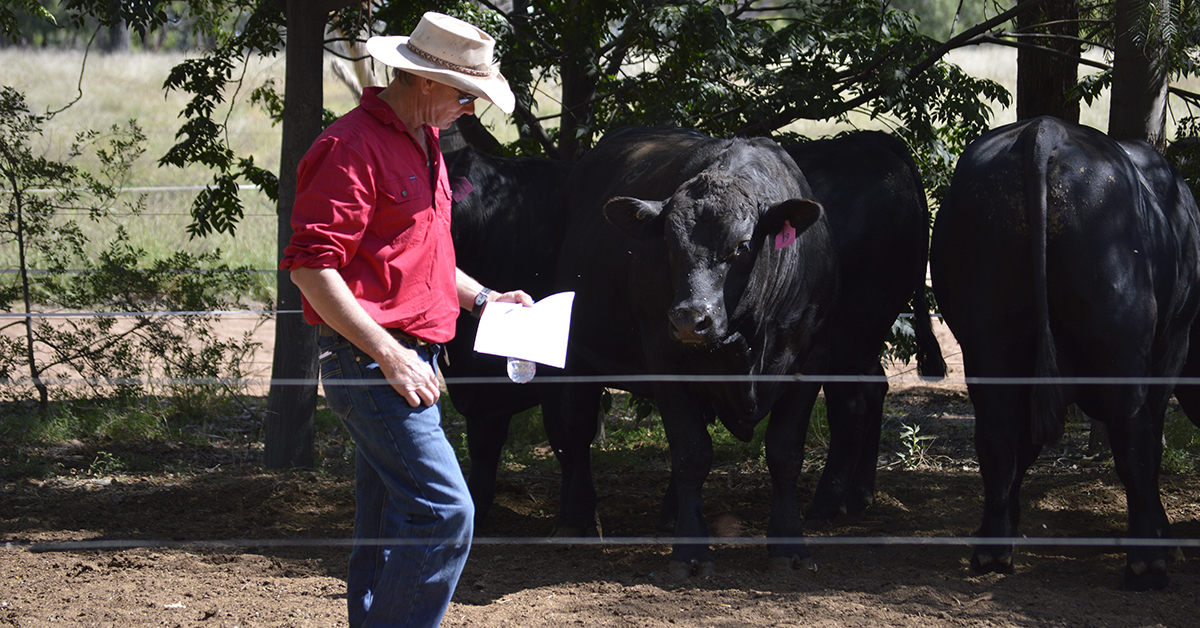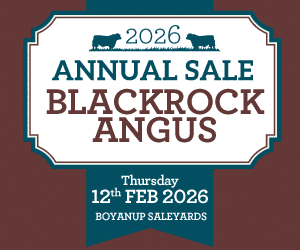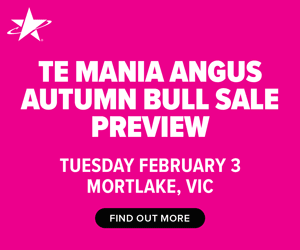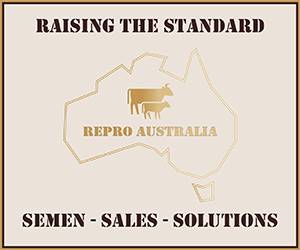Angus Australia’s members use a wide range of advertising mediums to promote their animals, embryos and semen that is readily available for sale, to repeat clients and new potential buyers.
For large or small businesses offering Angus cattle and genetics for sale, it is extremely important to remain diligent with the information presented when advertising.
After all, there are two fundamental rules for businesses when advertising and selling:
- Not to engage in conduct that is likely to mislead or deceive;
- Not to make false or misleading claims about goods or services
Angus Australia’s Rules and Regulations, along with the Catalogue Service Agreement, clearly sets out what the current requirements are for animal information to be displayed within a sale catalogue produced either by Angus Australia or directly by a member. Essentially these documents cover the DO’s and DON’TS associated with any catalogue.
So, whether or not you are utilising Angus Australia’s Sale Catalogue Services, members are still bound by the Rules and Regulations that the Sale Catalogue service agreement covers off and must ensure that the information that is displayed is true and correct.
You may think to yourself “there are too many rules with Angus Australia on what information I need to display when selling my animals or genetics, I’ll just do my own thing”, but have you really considered the consequences about how you advertise the animals you’re selling and what people may think if you leave information out?
When advertising animals, embryos and semen for sales, the information displayed on those animals plays an important role in the decision-making process for a client and potential buyers.
In the digital age, this information can easily be checked by prospective purchasers when they visit Angus.Tech.
Every client or potential buyer is looking for something that ticks all their boxes.
For example, whether it’s, pedigree, lower birth weight, higher IMF, an animal that has been sire or parent verified or that is tested free of genetic conditions, this information influences decision making.
This is why including all of the information on the animals’, embryos or semen that are being sold should be readily available and clearly displayed, because what might not tick the boxes for one client may tick all the boxes for another.
So, what does excluding information say in the advertising or catalogue?
Excluding vital animal information leaves your clients with a misimpression of what is being presented before them.
For example, you have requested a data extract from Angus Australia’s catalogue services which has all your animal’s information supplied or you are putting together your catalogue based on what you did last year.
There are 30 bulls listed in your catalogue and you decide to save on space, and choose to not include the genetic conditions as well as the DNA suffixes because the 30 bulls and their pedigree will have ‘#’, and you interpret that this will not advertise your line up well.
However, you do decide to include in your Sale Information page that “All bulls are ‘free’ of any genetic conditions”. What is this catalogue saying to a client?
- a)That by not including the genetic conditions and DNA suffixes on each animal, you may have something to hide and that the conditions and DNA suffixesare not favourable;
- b)Automatic assumption made by the client that each animal listed within your catalogue has had a Genetic DNA test done and that they have all been tested ‘free’ of genetic conditions based on the statement “All bulls are ‘free’ of any geneticconditions”
Not only is the catalogue withholding integral information and making a misleading claim, it is also ignoring two of the conditions listed in the Angus Australia Catalogue Service Agreement and an Angus Australia Regulations which are:
Angus Australia Catalogue Service Agreement:
3.h) All cattle catalogued shall have the following data included: Genetic Condition Status
3.d) All cattle catalogued shall have the following data included: Parentage verification suffix displayed at the end of the animal’s name i.e. PV, SV, DV, # or E
Angus Australia Rules and Regulations:
6.42 A suffix will be displayed in superscript at the end of each animal’s name recorded on the HBR, APR, ACR or MBR indicating its DNA parent verification status
Understandably, your clients trust you and have been buying from you for years, and after all it is also a purchasers responsibility to perform their own independent research on bulls they are intending to buy.
However, you as a vendor have the responsibility to ensure that all information is displayed on every individual animal within that catalogue and that it is as up to date as possible at the time, (sale day supplementary sheets are a great way to include any updates by the sale).
Important animal information, like in the above example of genetic conditions, is not recommended to be only part of your Sale Information section of your catalogue.
A study done in 2018 by Roy Morgan on ‘Australians worried about online privacy but slow to act’, showed that 15% of Australians claim to ‘always’ or ‘often’ read terms and conditions, while over 54% rarely or never read them.
Although there may be a small percentage that read your Sale Information page and have made an assumption like the aforementioned point b), there is also more than likely a large percentage of clients that don’t read it and come to the conclusion of point a), which still could lead to a misrepresentation of the animals to the client.
Angus Australia emphasizes to its members the importance of displaying the correct information in any catalogue, whether you are utilising Angus Australia’s Sale Catalogue Services or not.
If you are not using an Angus Australia service for your catalogue, members are encouraged to use the Sale Catalogue Agreement as a guide in knowing what animal information to display.
It is also recommended that your printer or graphic designer carefully read the ‘Notes for Printers’ guidelines that are emailed with every PDF or data extract, as this covers everything you need to know and include.
For any questions related to sale catalogues please contact Sam Hamilton, Marketing Officer – Sale Catalogues on 02 6773 4613 or sam@angusaustralia.com.au.








